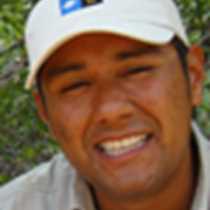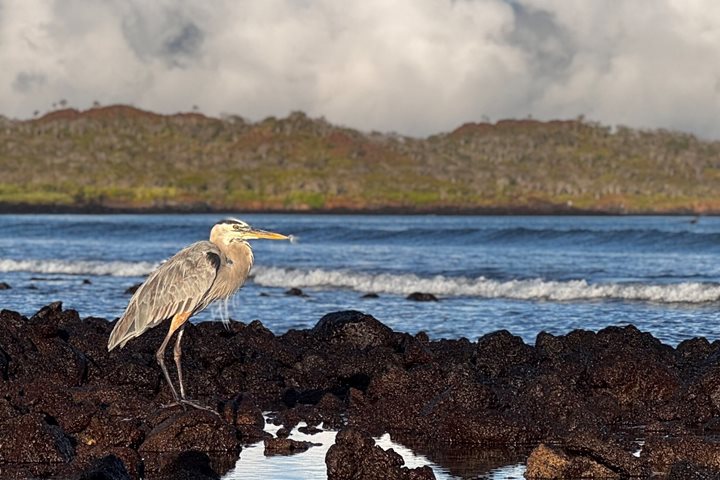The youth of an Island such as Fernandina is well appreciated in all terms by ecologist visiting the Galapagos, understanding how ecosystem works is even harder especially during El Niño phenomena. Last event just occurred in 1997 and its effects lasted almost until 2001. Animal populations related to ocean food supply may decline because of the lack of nutrients. Other land based ecosystems instead will flourish with the arrival of the prevailing rains that will last for a longer period of time.
We started our day with a mega-hike in Punta Espinosa began quickly as the temperature increases, we managed to explore the colonies of marine iguanas and flightless cormorants. At the end of the shoreline some sea turtles and sally light foot crabs were spotted. We all agreed that “remarkable” was the best term for describing our observations of a titanic marine iguana fight as they try to dominate the colony territory.
After a special exploration of the lava flow extension, we stopped for water and discussed some historical fun facts of Fernandina Island.
Our day was far to finish yet, the National Geographic Endeavour moved across canal Bolivar towards Punta Vicente Roca, on the way some common dolphins were found and as soon we arrived to our next destination some guest were ready to snorkel. There were some Pacific green sea turtles, Galapagos penguins and flightless cormorants. Gorgeous landscapes delighted us as we slowly observed sea turtles, penguins, fur seals. There was a curious flightless cormorant that couldn’t wait to realize if we were edible or not!







